Your nose may point to the sky, but there is no hope of relaunch - any pull on the lines will dig you further into the snow. I appreciate your light wind trickability (though my low wind kite selection to compare it to, a 4D, is much limited), but sometimes I find that the turtles and flares can be a bit difficult to get out of especially in the upper wind range of the Shadow. This is how the unintentional flared landing just happened here. I've considered fitting a reduced trick line (I know it is not the latest hottest thing) to easier get out of the turtles and avoid this locked flares. At least have a prepared trick-line stored in the sleeve of the kite that could be fitted for the joy of testing out or if needed (b.t.w. what would be the preferred material of the trick line be?). Possibly like that on the HQ Obsession that is also connected to a stand-off (pair) to make it somewhat less pronounced. But on the other hand learning to deal with the characteristics can also be considered a challenge.
Though I was not into kiting "for real" until the end of nineties, I'm sure that there was a time when a stalling kite, with no exceptions, was considered as something defective. What I mean is that the kites have properties (like being very stable in a flare) that can be observed by subjecting the kite to different conditions and inputs. Separate from that is your opinions and that of others. The properties are always there to be toyed with, be discovered and perhaps surprise you no matter if the kite design (/feature) is new or old.
Photo Information
- Taken with SAMSUNG GT-I9000
- Focal Length 3.8 mm
- Exposure Time 1024/446976
- f Aperture f/2.6
- ISO Speed 50

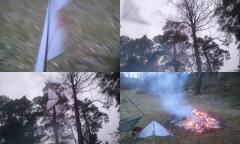

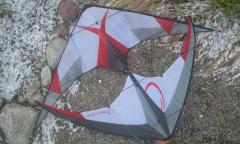
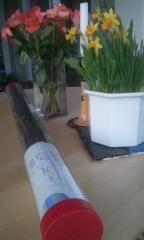
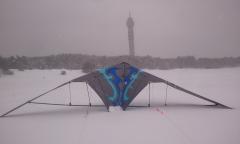
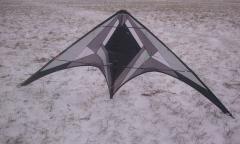
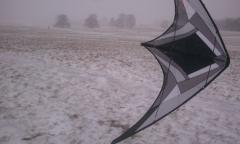

Recommended Comments
There are no comments to display.
Join the conversation
You can post now and register later. If you have an account, sign in now to post with your account.